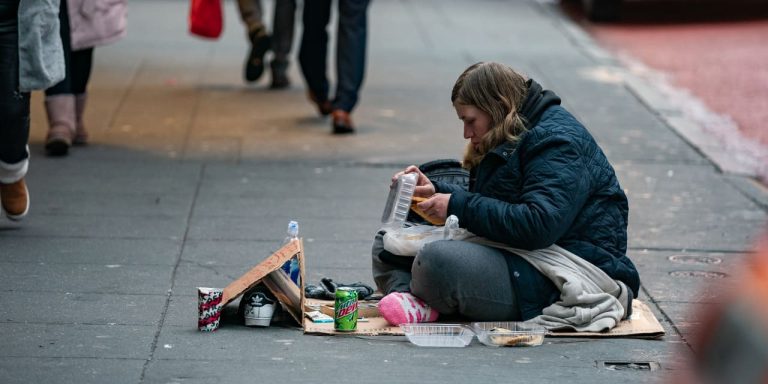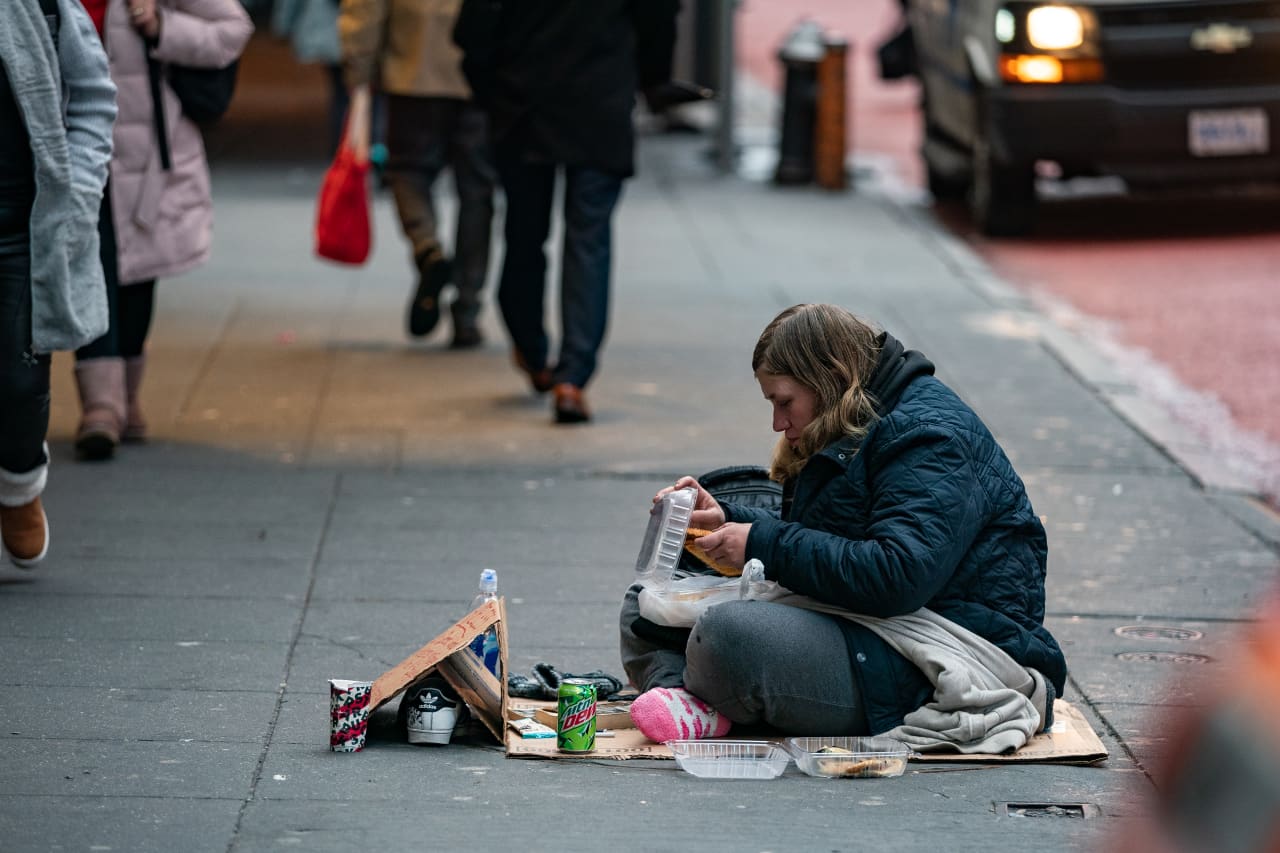Low-income people who need help paying rent or securing temporary housing will receive additional government assistance under a new initiative to address the nation's record homelessness problem, the Biden administration said Friday.
The initiative seeks to address homelessness by expanding what is covered under Medicaid in some states. Eight states and the District of Columbia have been selected to participate in a federal “accelerator” to reduce homelessness, according to the U.S. Department of Health and Human Services (HHS) and the Department of Housing and Urban Development (HUD).
The accelerator program will provide assistance to states, as well as Washington, D.C., allowing them to use Medicaid dollars to help people find housing and avoid eviction. Medicaid traditionally provides government-funded health insurance to low-income families.
“We are looking to use federal health care dollars for health care. We are reaching people before they get sick and keeping them healthy,” Xavier Becerra, U.S. Department of Health and Human Services Secretary, told reporters.
“We're simply saying to the states, if you can prove to us that with this Medicaid dollar, you're going to improve someone's health, then you've essentially served the purpose of Medicaid and you're going to save more money for taxpayers.” he added.
Some states already allocate Medicaid funds to support housing for the homeless, such as California. But as the number of people experiencing homelessness increases, the federal government has stepped up its efforts to help eight states — Arizona, California, Hawaii, Maryland, Massachusetts, Minnesota, North Carolina and Washington — and D.C. better implement the program.
The new initiative comes at a time when homelessness in the United States has reached a new level. Between 2022 and 2023, the number of people experiencing homelessness rose 12%, nearly 71,000 more people, to 653,000, according to a December report by HUD. This is the highest level ever.
The sharp rise in rents over the past few years has also led millions of renters to spend much of their income on housing costs, pushing the share of so-called rent-burdened households to all-time highs, according to a report from Harvard University.
A separate report from the National Low Income Housing Coalition showed that a full-time minimum wage worker cannot afford a modest one-bedroom rent in more than 92% of counties in the United States.
The largest percentage of people experiencing homelessness were between the ages of 35 and 44. The top three states with the largest absolute increases in homelessness between 2022 and 2023 were New York, California, and Florida.
“No one in America should have to experience homelessness,” Becerra said.
The federal government sets the rules for all states when it comes to administering Medicaid, providing at least half of the funding. The program supports more than 90 million low-income people in the United States, according to KFF, a nonprofit organization focused on public health and policy.
The federal government recently issued new guidance on how states can use millions, or even billions, of dollars in Medicaid to support people's housing expenses more broadly, including rent and transitional housing. The federal “accelerator” to reduce homelessness will provide assistance to states to implement it.
Some states, like California, already have initiatives that offer homeless services to pay for security deposits, or assign case managers for them to look for apartments. Arizona allocates Medicaid funds to help homeless people cover six months of rent.
—Alessandra Malito contributed to this report.


